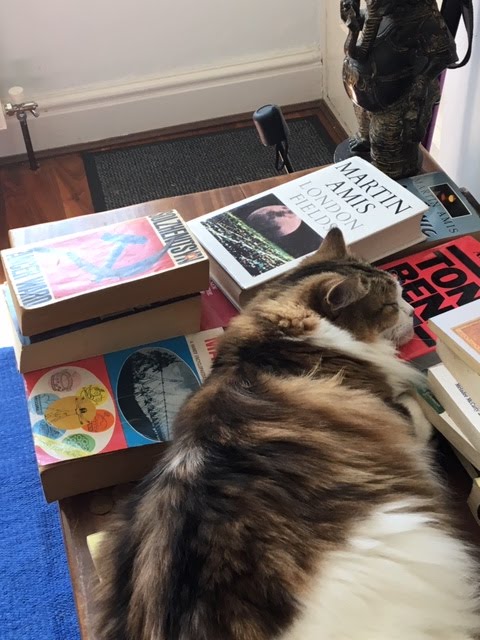A
Tale of Two Indian Cities
In 1964, I fell in love with Bangalore. I lived for
a while in a modest two-bedroomed house in the Cantonement area, once famous as
a hunting ground for the British army, with a drunken brawl every night. Right
in front of the house was a small park, and across from it the St Joseph’s
school, which my niece, Geetha, then five years old, attended. Every morning
and evening I escorted her to and from the school, in between times, stopping
to enjoy the quiet and the greenery.
I decided to
buy a little house there but couldn’t get the money together, as always my
reach far short of my grasp. I scurried around the town, shopping to take saris
and sarongs back to Enugu, where I worked at the time. The obligatory Mahatma
Gandhi Road, one of Bangalore’s main thoroughfares, was a beautiful street,
with multi-coloured Cannas holding up their heads proudly, down the central
reservation, for miles. Wherever I have lived since, I have started my garden
with Cannas of all hues. I tried them out even in surly Purley, but they refused to co-operate.
I have been
back to Bangalore now and then since. I noticed that the decibel levels in the
streets have gone sky-high, garbage has established itself in all available
nooks and corners, and the community of half-starved pie-dogs slope around
looking for offal. I spent eight days in the city in February, and was glad to
escape with my life.
In
Bangalore, the pollution is not an insubstantial idea, it is a toxic curtain in
front of your face. My friend, Sreelakshmi, is prone to wheezing; in Bangalore
she gets Asthma within a day of reaching there. The residents complain that all
the techies have two cars apiece, and they are all on the roads at the same
time. People learn to meditate while the traffic tries to move.
 I was glad
to escape to Madras (which is now Chennai) though most people of my generation
still call it Madras. My first visit to Madras was when I was seventeen years
old, representing my college at a debating competition. I hung around in the St
Thomas Mount area, where the seat of the British Government had been, taking in
the dignity and grace of the buildings. The High Court was a special favourite,
I could almost forgive the British for hanging around in India, long after they
had outlived their welcome, because of the majesty of that area.
I was glad
to escape to Madras (which is now Chennai) though most people of my generation
still call it Madras. My first visit to Madras was when I was seventeen years
old, representing my college at a debating competition. I hung around in the St
Thomas Mount area, where the seat of the British Government had been, taking in
the dignity and grace of the buildings. The High Court was a special favourite,
I could almost forgive the British for hanging around in India, long after they
had outlived their welcome, because of the majesty of that area.
When I am in
Madras, I live with my aunt and uncle in Adyar, a leafy suburb of Madras. How
did it manage to have huge tracts of land devoted to trees? Driving in Adyar,
you come across yet another mini forest every two minutes. The Annie Besant
centre is here, with a wide, tree-filled compound; she tried her best to get
beyond India’s repressive caste system, but the system was stronger, and had
more patience.
I can walk
in the streets of Adyar without taking my life in my hands,; the traffic is sparse,
slow and courteous. In the evening, as early as six, the birds are gathering,
twittering in the branches of the trees, which form canopies over the traffic.
Senior citizens like me can wander and ruminate.
Even the
pie-dogs look better fed and better-behaved.

No comments:
Post a Comment